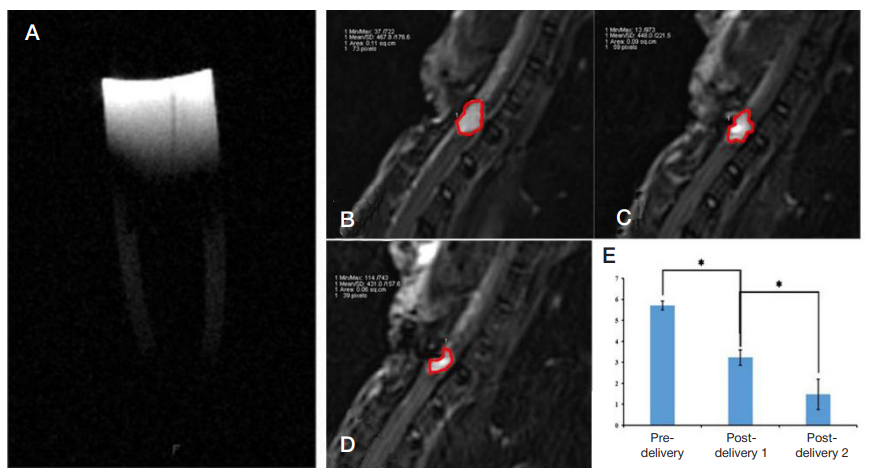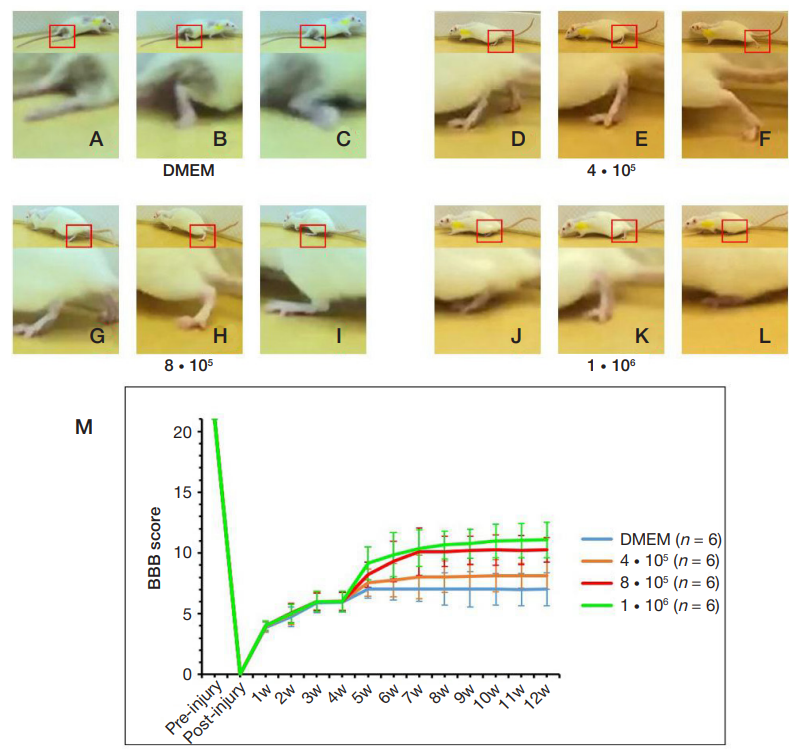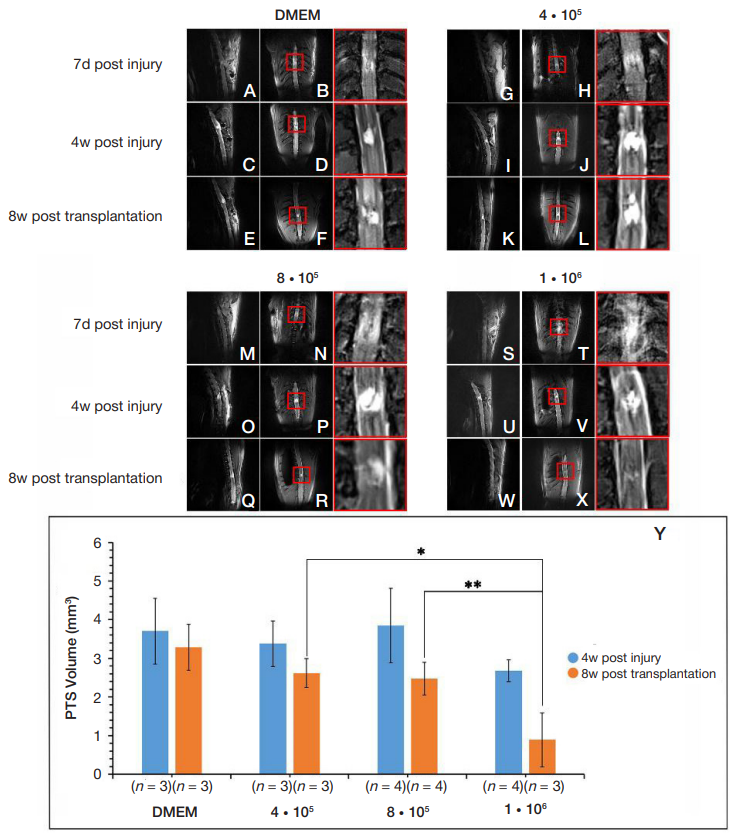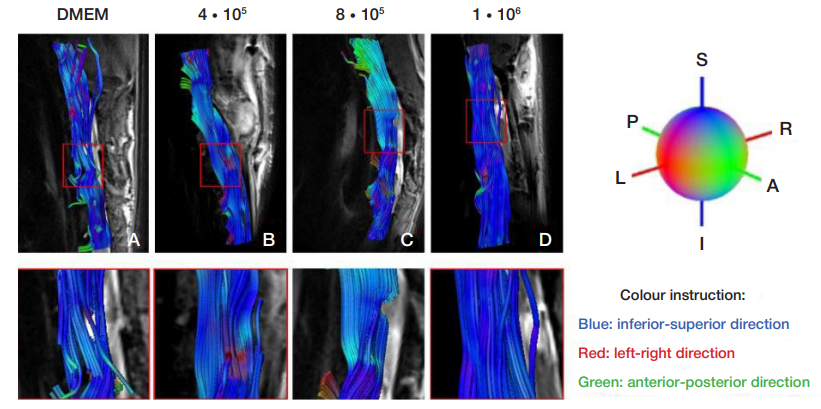
This article is an open access article distributed under the terms and conditions of the Creative Commons Attribution license (CC BY).
ORIGINAL RESEARCH
Nanoparticles guided precise transplantation of varying numbers of mesenchymal stem cells into post–traumatic syrinx in spinal cord injury rat
1 Department of Bone and Soft Tissue Tumors, Tianjin Medical University Cancer Institute and Hospital, National Clinical Research Center for Cancer, Key Laboratory of Cancer Prevention and Therapy, Tianjin’s Clinical Research Center for Cancer, Tianjin, China
2 Department of Medicinal Nanobiotechnology, Pirogov Russian National Research Medical University, Moscow
3 Federal Medical and Biological Agency, Moscow
4 Department of Basic and Applied Neurobiology, Federal Medical Research Center for Psychiatry and Narcology, Moscow
5 Department of Epidemiology and Biostatistics, First Affiliated Hospital, Army Medical University, Chongqing, China
6 Vavilov Institute of General Genetics Russian Academy of Sciences, Moscow
Correspondеnce should be adressed: Chao Zhang
Huanhu Xi Road, Hexi Area, Tianjin, 300060, China;
nc.ude.umt@oahcgnahzrd; gro.noitadnuofoa@sdrahcir.ffoeg
Funding: the present study was sponsored by China Scholarship Council (201406940004), and Russian Scientific Foundation (16–15–10432).






